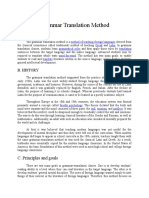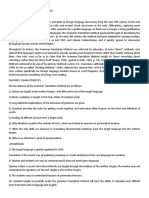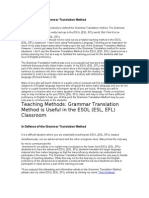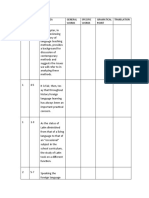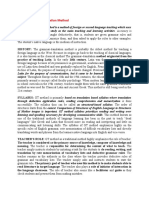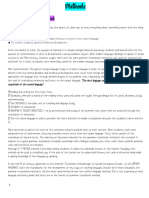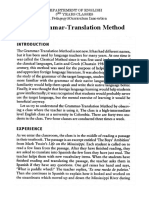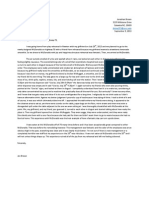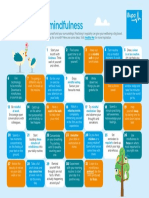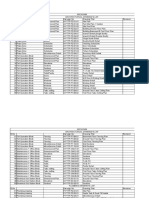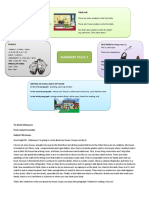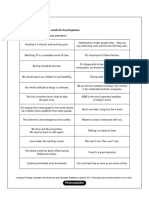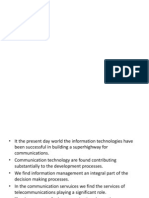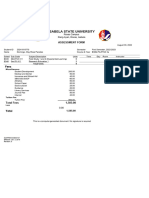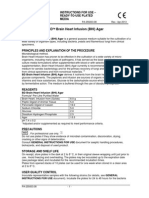0% found this document useful (0 votes)
177 views10 pagesGrammar-Translation Method: History and Philosophy
The document discusses the grammar-translation method of teaching foreign languages. It originated from teaching Latin and focused on translating sentences and texts between the target language and native language. The goals were to develop reading ability in the target language and general mental discipline. The method involved learning grammar rules deductively and practicing through translation drills. Speaking and listening skills were not emphasized. It was the dominant method from the 17th to 19th centuries but fell out of favor due to its limitations in developing communicative competence.
Uploaded by
Fanny Olvi AndariCopyright
© © All Rights Reserved
We take content rights seriously. If you suspect this is your content, claim it here.
Available Formats
Download as DOCX, PDF, TXT or read online on Scribd
0% found this document useful (0 votes)
177 views10 pagesGrammar-Translation Method: History and Philosophy
The document discusses the grammar-translation method of teaching foreign languages. It originated from teaching Latin and focused on translating sentences and texts between the target language and native language. The goals were to develop reading ability in the target language and general mental discipline. The method involved learning grammar rules deductively and practicing through translation drills. Speaking and listening skills were not emphasized. It was the dominant method from the 17th to 19th centuries but fell out of favor due to its limitations in developing communicative competence.
Uploaded by
Fanny Olvi AndariCopyright
© © All Rights Reserved
We take content rights seriously. If you suspect this is your content, claim it here.
Available Formats
Download as DOCX, PDF, TXT or read online on Scribd
/ 10



